Shaping new development space
Before the merger, Bac Ninh province (old) had a natural area of about 822.7 km², a population of more than 1.5 million people. This is a locality with developed technical infrastructure, high urbanization density and many large industrial parks such as VSIP, Yen Phong, Que Vo... Agricultural land accounts for about 54%, the rest is non-agricultural land; forest area is quite low. Meanwhile, Bac Giang province is nearly 4.7 times larger, about 3,895 km², with a population of more than 2.1 million people. The province has abundant forestry land, accounting for 28.9%, agricultural land accounts for 32.4% of the total natural land area. This is a favorable condition for the development of high-tech agriculture, eco-tourism and electronics industry - with the presence of corporations such as Foxconn, Luxshare, JA Solar...
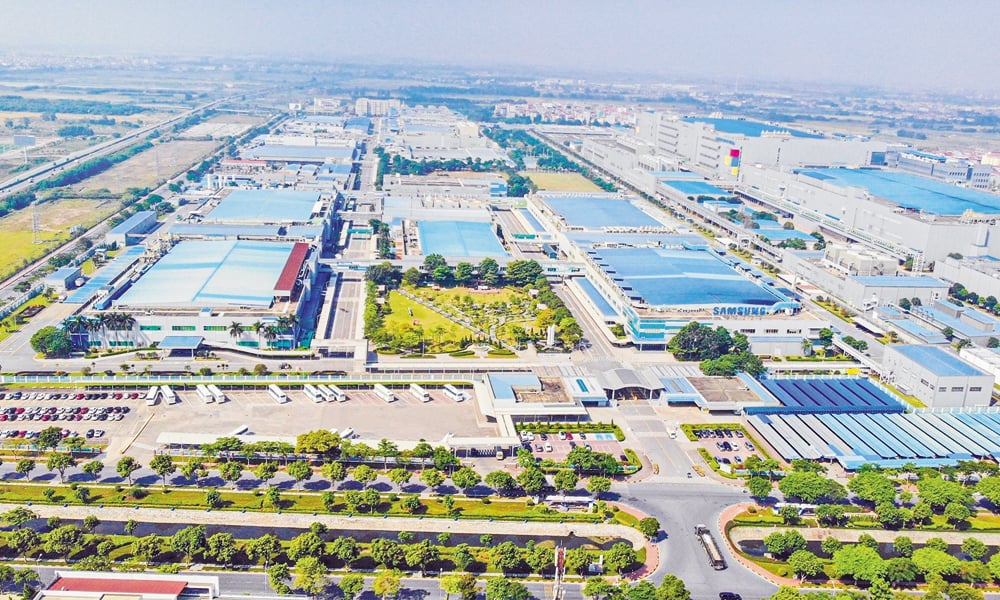 |
Yen Phong 1 Industrial Park attracts many secondary investors. Photo: Thai Uyen. |
After the administrative unit merger, Bac Ninh province has a total natural area of over 4,718 km² and a population of over 3.6 million people, becoming one of the most populous localities in the country. The combination of modern infrastructure development areas and areas rich in resources and ecology opens up strategic opportunities to restructure the growth model and effectively utilize land resources.
Bac Ninh province has the conditions to develop a comprehensive land use plan, integrated with sectoral and field plans. Industrial - urban - service development corridors can be formed along key traffic routes such as Noi Bai - Bac Giang Expressway, National Highway 1, National Highway 18, Cau River corridor, etc. Connecting existing industrial parks such as VSIP, Yen Phong, Que Vo with Song Khe - Noi Hoang, Van Trung, Quang Chau, Viet Han creates conditions for the formation of a new growth pole, attracting foreign investment capital, developing logistics and regional high-tech zones.
With a large agricultural and forestry land fund, Bac Ninh has favorable conditions to continue developing organic agriculture and circular economy ; protecting upstream forests, creating ecological belts balanced with the urbanization rate in central areas.
Improve management efficiency
In addition to great opportunities, the merger of the two provinces also poses many challenges for land management. One of the notable issues is the difference in management level and development level between regions. While the province has strongly urbanized areas with modern management systems, many communes still face difficulties, with unsynchronized infrastructure and limited human resources.
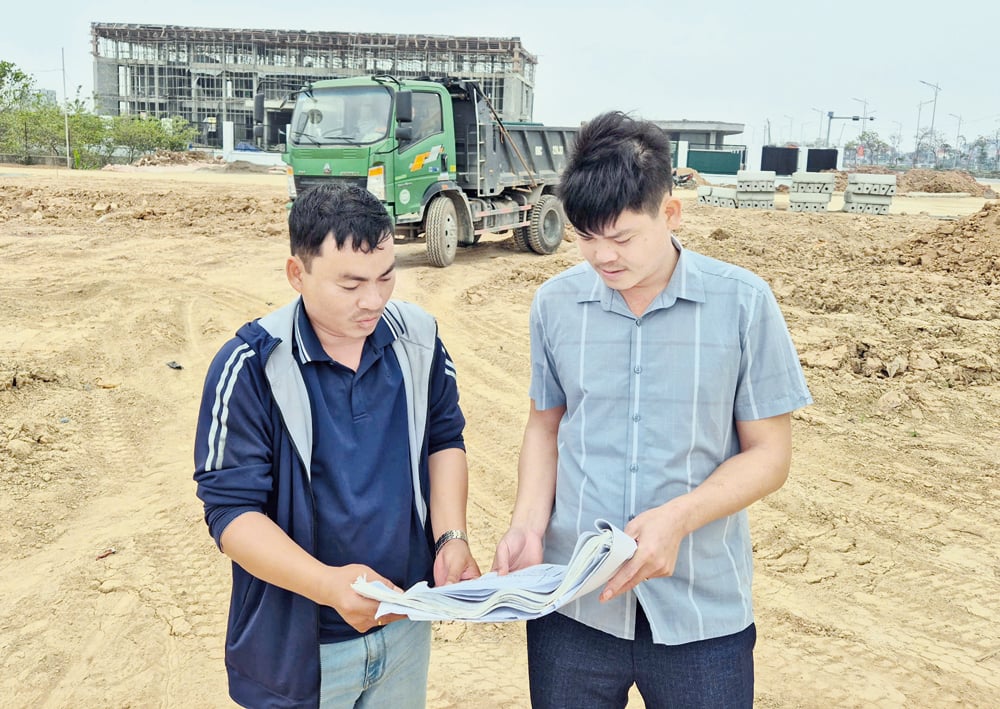 |
Professional staff grasp the site clearance work in Viet Yen ward. Photo: Trinh Lan. |
Overlapping planning, lack of uniformity in land records, differences in compensation rates, standards for granting land use right certificates, etc. are barriers that need to be thoroughly addressed. After the merger, the province plans to continue streamlining about 1,200 staff, while the workload related to land at the grassroots level has increased significantly. There is a shortage of professional staff with digital technology application skills and practical experience.
| To contribute to the goal of Bac Ninh becoming a centrally-run city by 2030, after completing the land inventory, the Department of Agriculture and Environment will coordinate with departments, branches, and advise the Provincial People's Committee to adjust the provincial planning, including land use plans suitable to the needs of each industry, locality, and region. The implementation process prioritizes clean land funds and favorable locations to develop high-tech and smart industrial parks, logistics centers, urban trade and services, etc. |
Mr. Luong Ngoc Duc, Vice Chairman of Tu Lan Ward People's Committee, shared: After the merger, the ward's area expanded, the amount of work related to land increased significantly, including many contents that were previously under the authority of the district or province. However, the specialized staff's qualifications are not uniform. The ward proposed that the province allow signing additional contracts with some cases with capacity and suitable job positions to meet local management requirements.
After the merger of the provinces, in some localities, there are still unresolved land-related cases. Mr. Ong The Vien, Chairman of Tien Phong Ward People's Committee, said: "Currently, in the ward, there are still 28 outstanding land-related cases with hundreds of households involved, some of which have been prolonged, with complicated complaints. New land-related violations are still occurring. In the first week after the merger, the ward detected, prevented and promptly handled 3 cases of households violating land and construction laws."
Faced with the above situation, communes and wards are tightening the management of land resources, assigning specific tasks to each leader from the commune to the Party cells, residential groups, and specialized cadres; resolutely handling and thoroughly handling new violations, not allowing hot spots to arise.
Identifying land management as a key and urgent task, the People's Committee of Bac Ninh province assigned the Department of Agriculture and Environment to preside over and coordinate with departments, branches and localities to review and update cadastral maps, adjust land use planning in accordance with administrative boundaries and socio-economic development orientations. The province promotes decentralization to the commune level in confirming the current status of land use, participating in the appraisal of land use change dossiers, granting construction permits, and handling administrative violations. Focus on effectively managing public assets such as surplus administrative headquarters to avoid wasting resources.
Currently, the Department of Agriculture and Environment is focusing on perfecting the organizational structure, directing localities to inventory and update the current status of land use, standardizing the database to synchronize with the national management system; advising the province to issue a set of administrative procedures on land. At the same time, reviewing and proposing to cancel overlapping legal documents between the two provinces in this field; building a unified internal process to handle administrative procedures on land in the province.
According to the representative of the Department of Agriculture and Environment, to contribute to the goal of Bac Ninh becoming a centrally-run city by 2030, after completing the land inventory, the Department will coordinate with departments, branches, and advise the Provincial People's Committee to adjust the provincial planning, including plans for land allocation and zoning in accordance with the needs of each industry, locality, and region. The implementation process prioritizes clean land funds and favorable locations for the development of high-tech and smart industrial parks, logistics centers, urban trade and services. At the same time, it ensures synchronous development between urban areas, industry, agriculture, forestry, services, social infrastructure, environment, and harmonizes the interests of the State, businesses, and people.
The merger of the two provinces is a strategic decision, with profound political, economic and administrative significance. Land resources are an important lever, promoting the strong development of Bac Ninh province. However, to realize this vision, in addition to strong direction from the Central Government, there must be proactiveness and creativity from authorities at all levels and consensus and cooperation from the people.
Source: https://baobacninhtv.vn/khai-thac-nguon-luc-dat-dai-tao-don-bay-phat-trien-ben-vung-postid421678.bbg



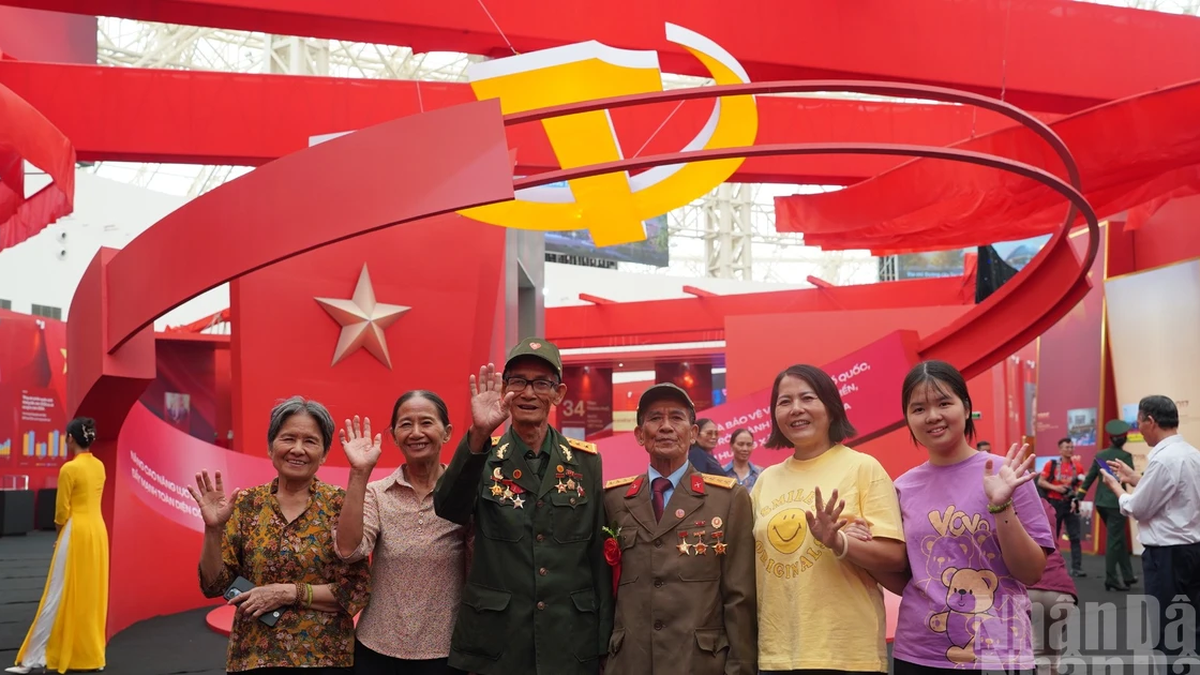
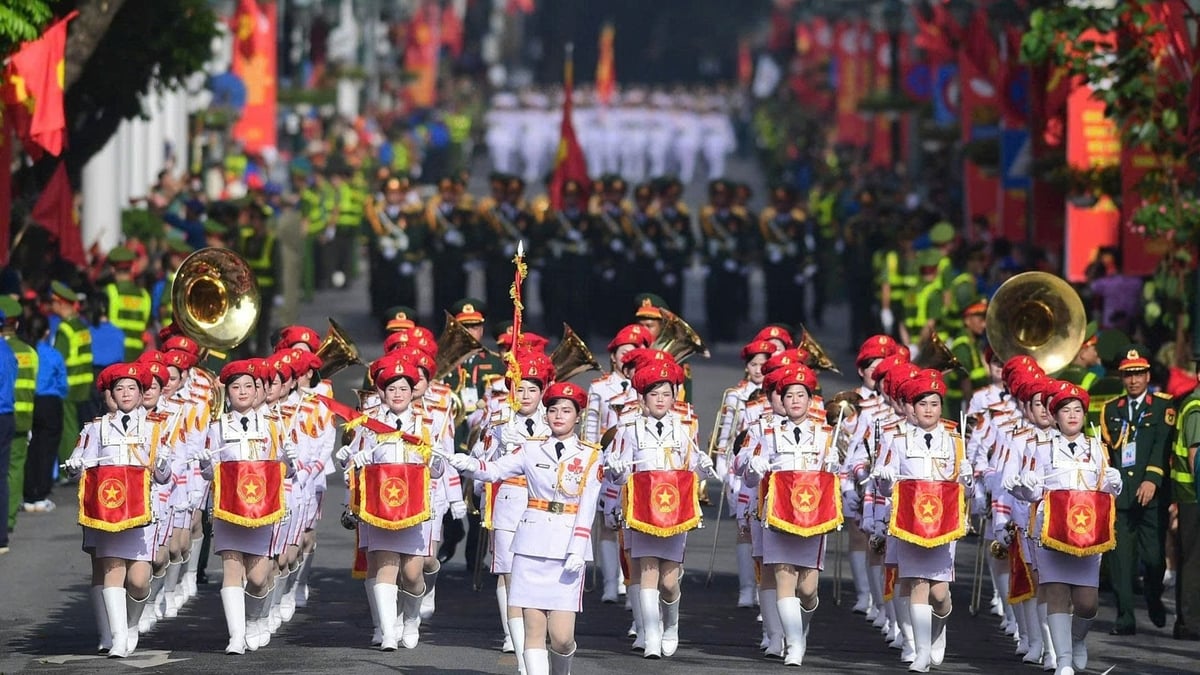


![[Photo] Ho Chi Minh City residents show their affection to celebrate the 80th anniversary of the August Revolution and National Day September 2](https://vphoto.vietnam.vn/thumb/1200x675/vietnam/resource/IMAGE/2025/9/3/55d860cbb63a40808e1e74ad9289b132)
![[Photo] Special art program "Da Nang - Connecting the future"](https://vphoto.vietnam.vn/thumb/1200x675/vietnam/resource/IMAGE/2025/9/2/efdd7e7142fd45fabc2b751d238f2f08)
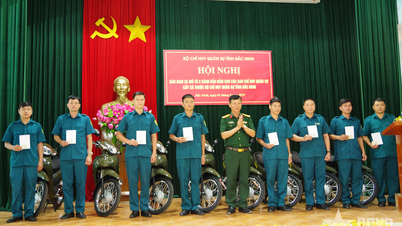





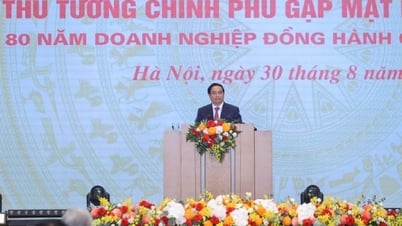

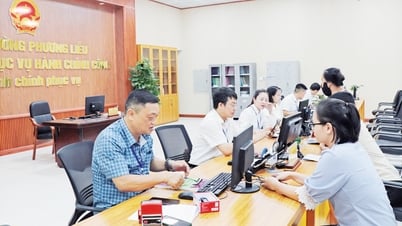
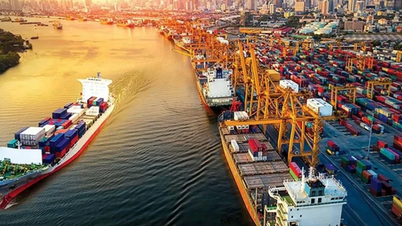

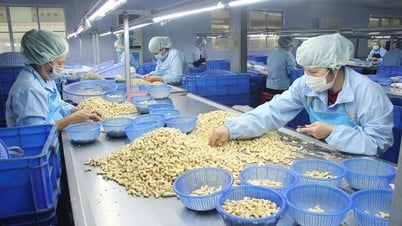

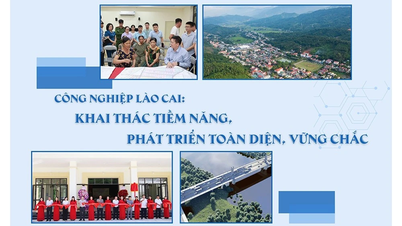


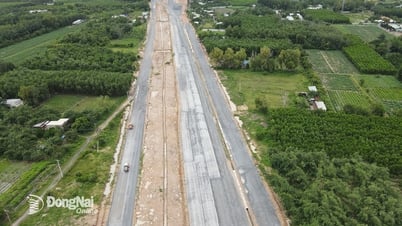

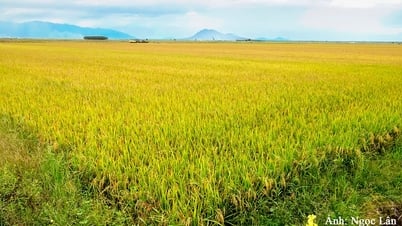

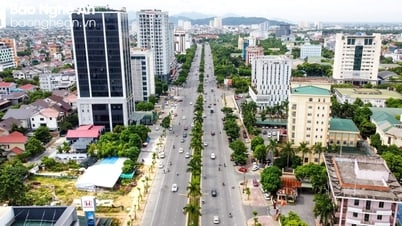


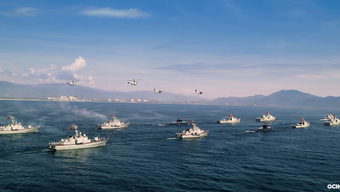
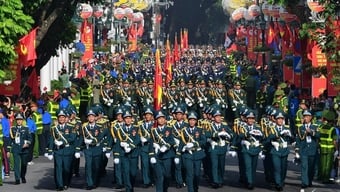



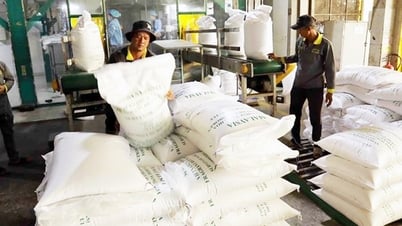
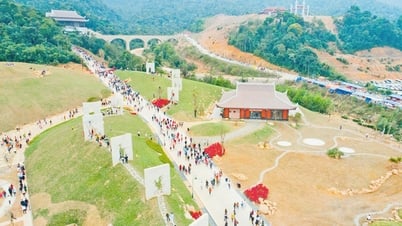


![[Photo] Lao President Thongloun Sisoulith and President of the Cambodian People's Party and President of the Cambodian Senate Hun Sen visit the 95th Anniversary Exhibition of the Party Flag Lighting the Way](https://vphoto.vietnam.vn/thumb/1200x675/vietnam/resource/IMAGE/2025/9/2/3c1a640aa3c3495db1654d937d1471c8)
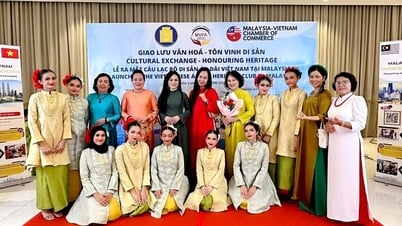
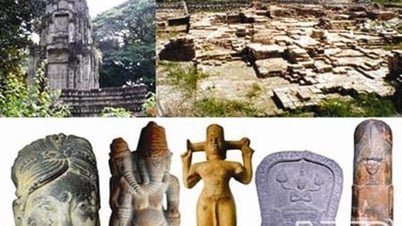

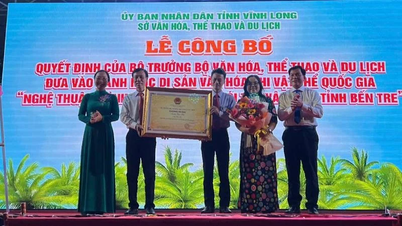



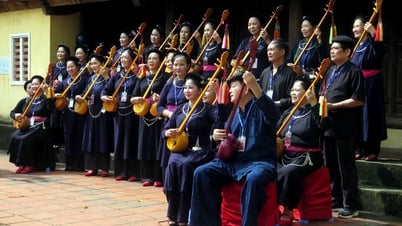

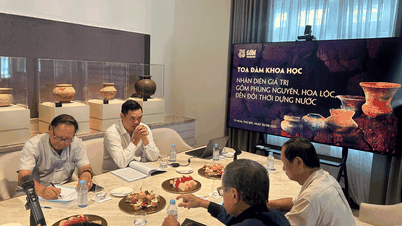










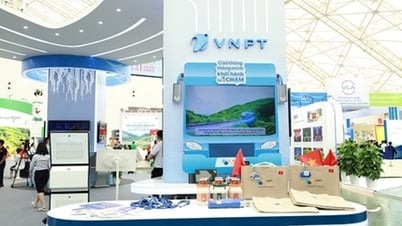



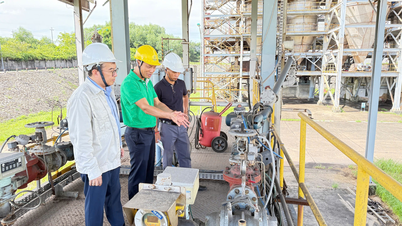


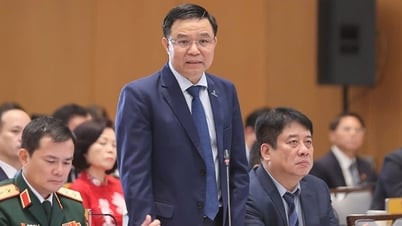
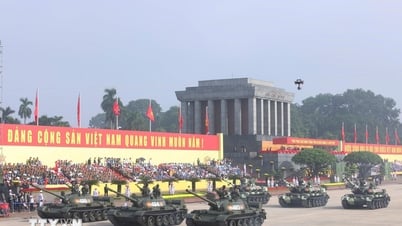




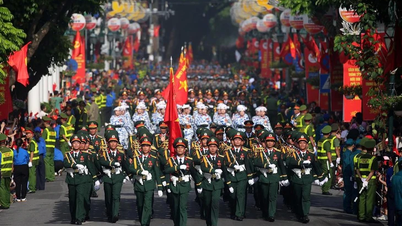



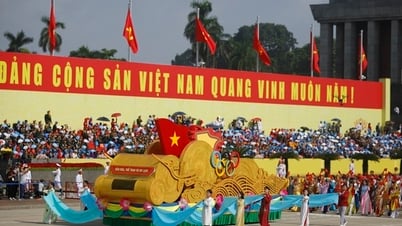

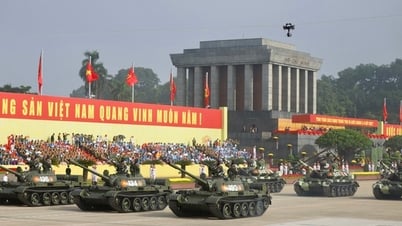
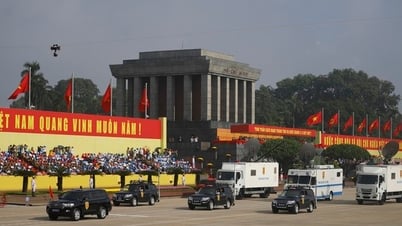







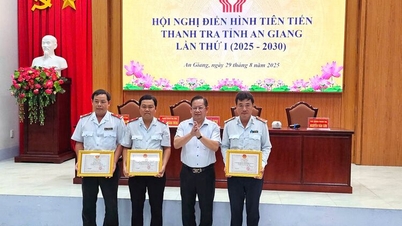
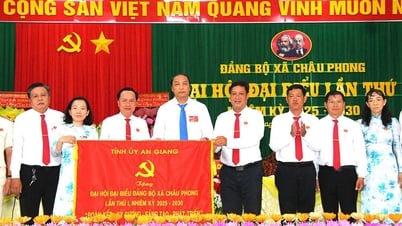
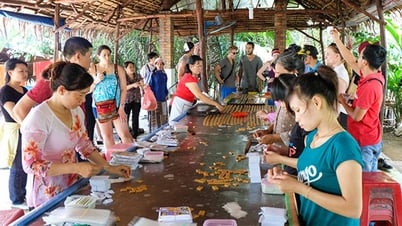


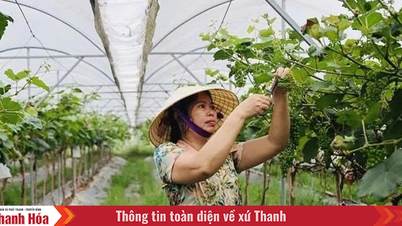

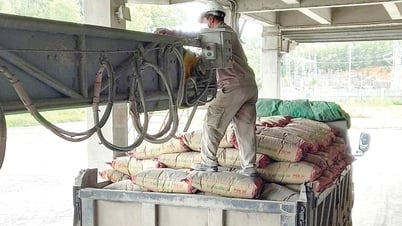



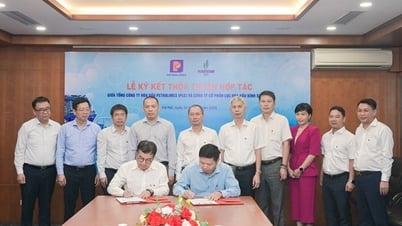

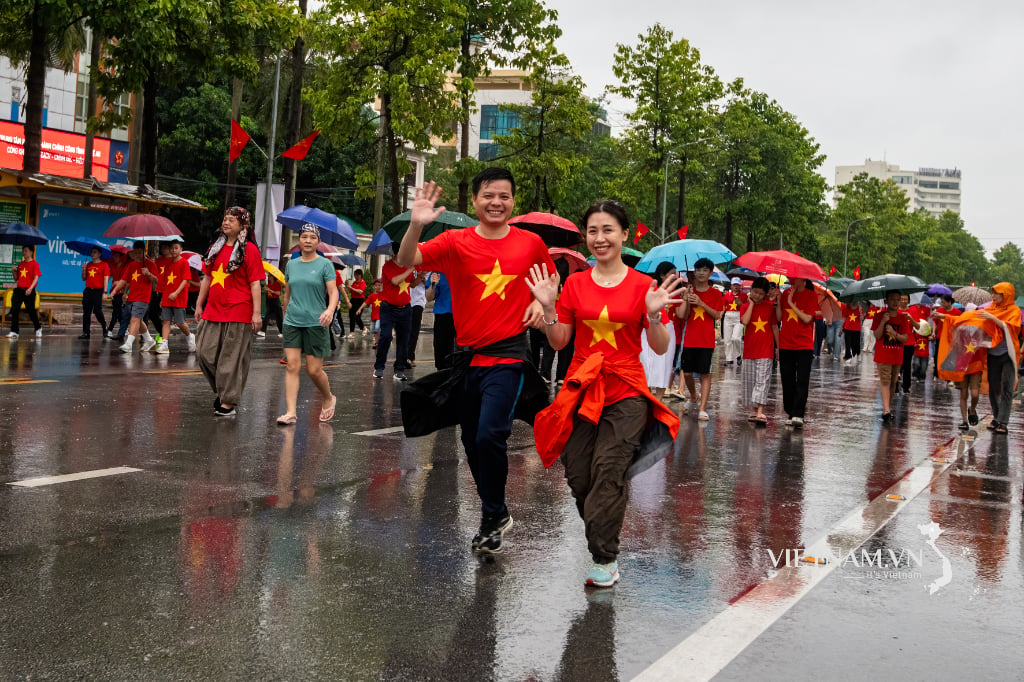

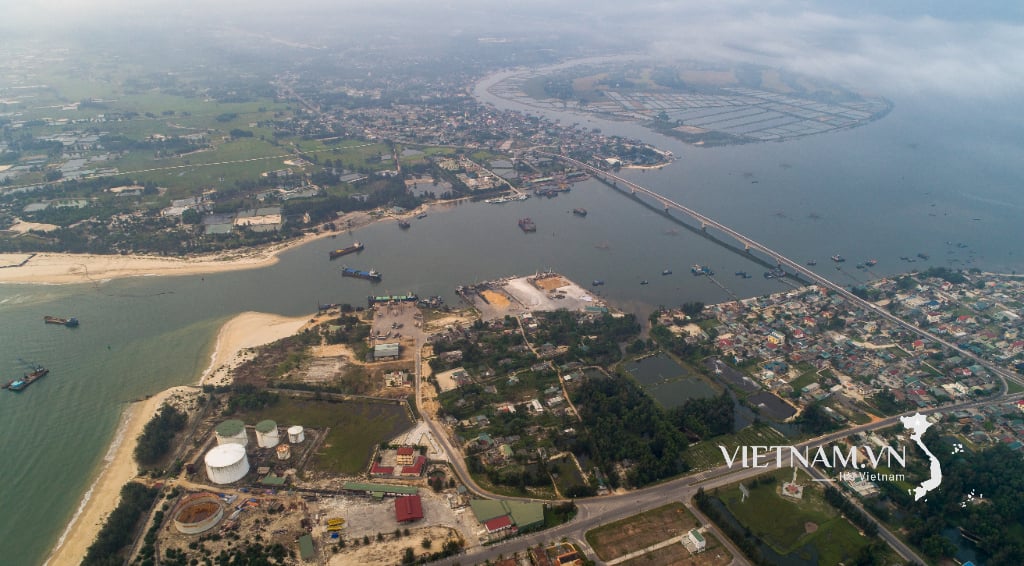
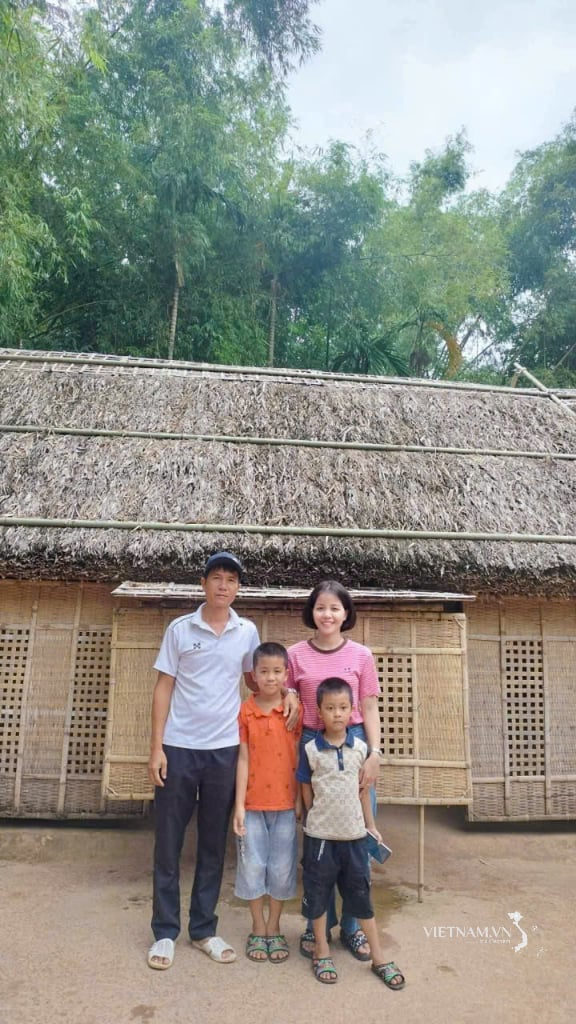
Comment (0)